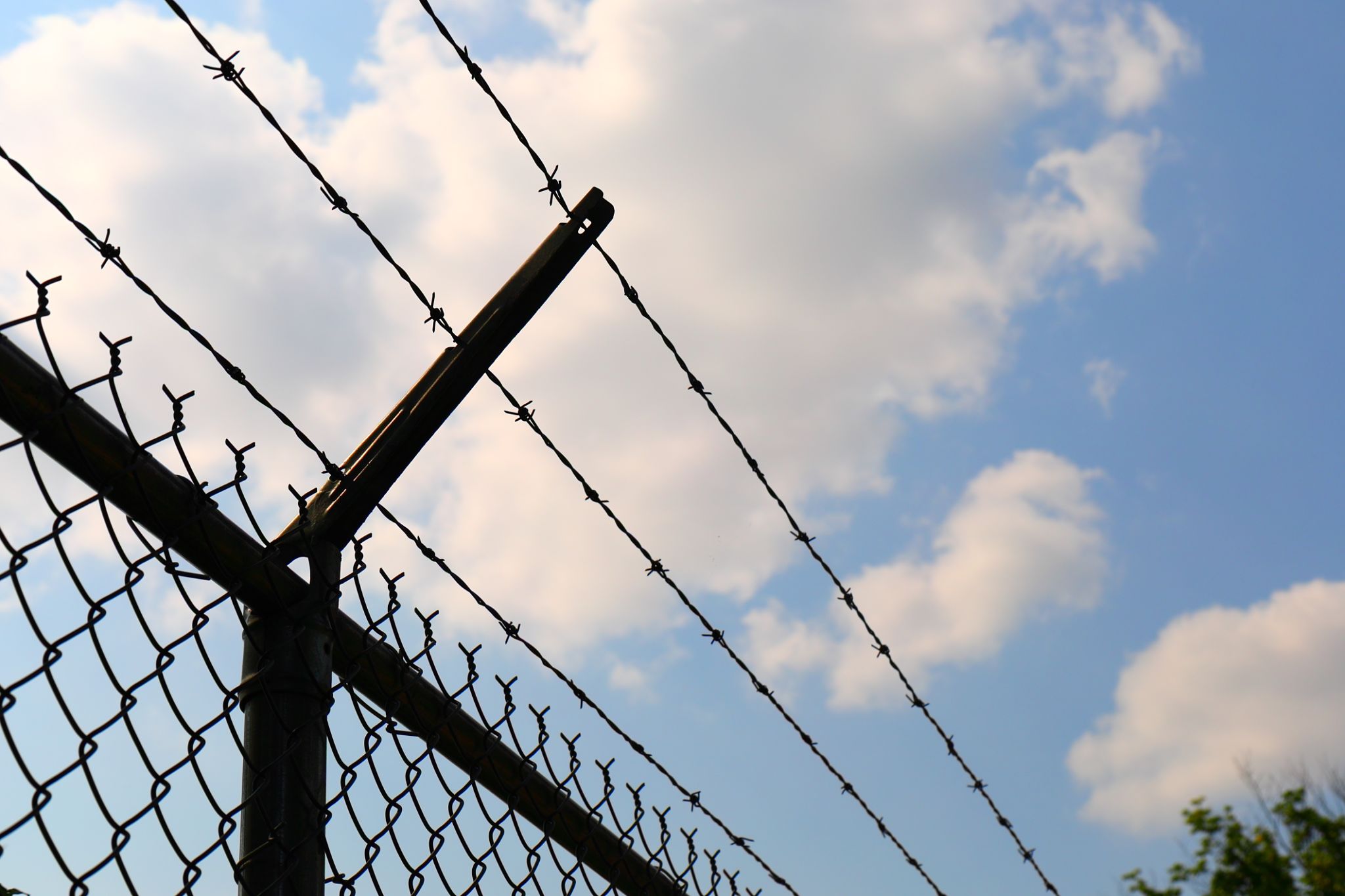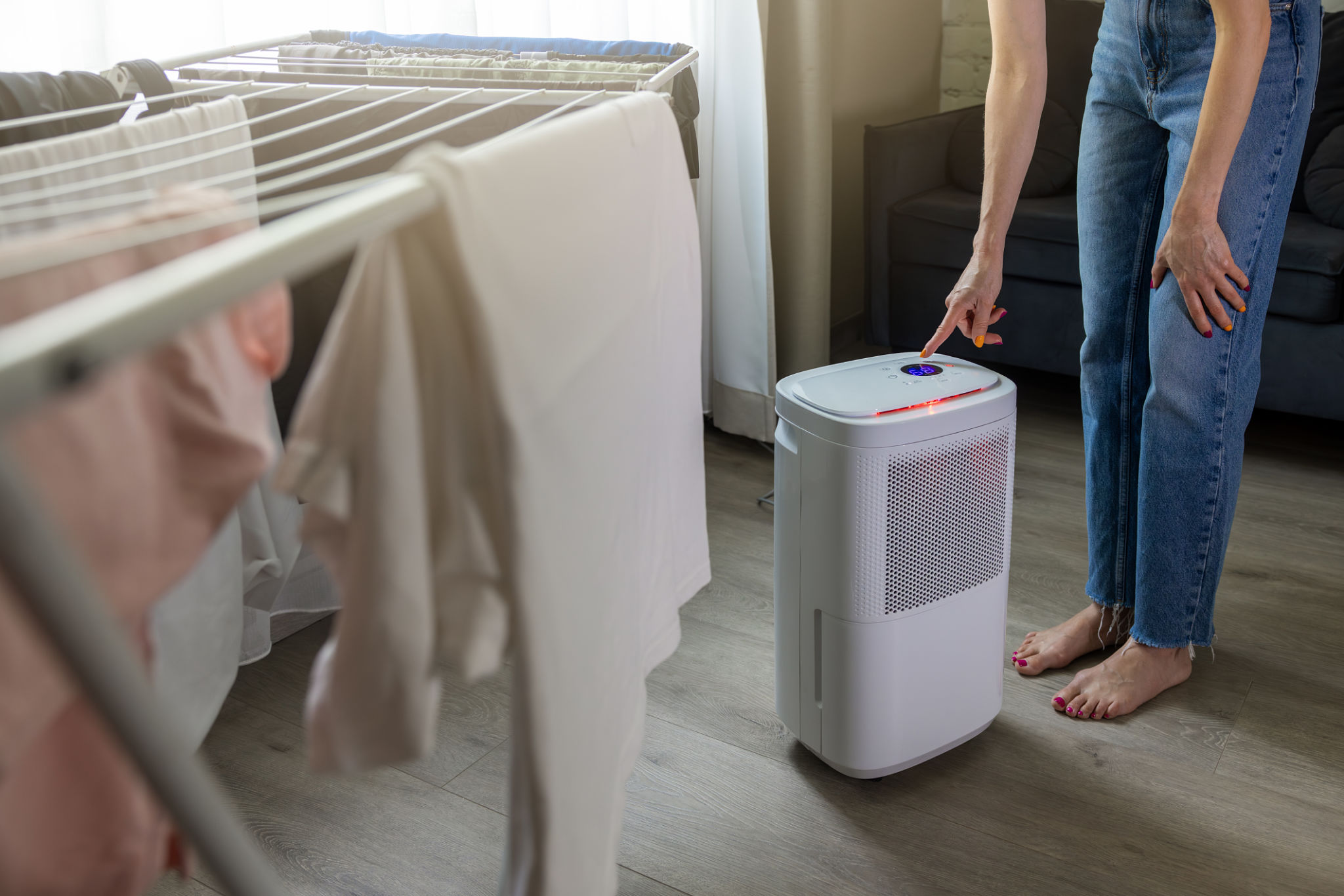Understanding Mold Remediation: What to Expect from a Professional Service
Understanding Mold Remediation
Mold growth in homes or businesses can pose serious health risks and damage to property if left untreated. Understanding what professional mold remediation entails can help you make informed decisions to protect your health and your investment. In this post, we'll explore what to expect from a professional mold remediation service.

Initial Inspection and Assessment
The first step in the mold remediation process is a thorough inspection and assessment by certified professionals. They will identify the extent of mold growth and the underlying causes, such as water leaks or high humidity levels. This step is crucial as it helps tailor a specific remediation plan to effectively address the issue.
During the inspection, experts use specialized equipment like moisture meters and infrared cameras to detect hidden mold and moisture sources. This comprehensive assessment ensures that all problem areas are identified, preventing further mold development.
Containing the Mold
Once the inspection is complete, the next step is containment. Professionals use advanced techniques to isolate the affected areas to prevent mold spores from spreading during the cleanup process. This often involves the use of physical barriers and negative air pressure systems.

Containment is vital for ensuring that mold spores do not travel to other parts of the building, which could lead to new infestations. Proper containment protects both the affected property and the health of its occupants.
Mold Removal and Cleaning
After containment, the actual removal process begins. Professionals will use specialized equipment and cleaning agents to remove mold from surfaces and materials. In some cases, porous materials like drywall or carpet may need to be removed and replaced if they are heavily contaminated.
- HEPA vacuums for capturing mold spores
- Antifungal and antimicrobial treatments
- Scrubbing of surfaces with specialized brushes
This step is critical as it ensures that visible mold is eliminated and any affected areas are thoroughly cleaned to prevent recurrence.
Drying and Dehumidification
Moisture control is a key factor in preventing mold growth. Professional services will dry the affected areas using industrial-grade dehumidifiers and air movers. This step ensures that all moisture is removed, creating an environment where mold cannot thrive.

By focusing on drying and dehumidification, professionals help ensure long-term protection against mold, reducing the risk of future infestations.
Final Inspection and Prevention Tips
The final step involves a thorough inspection to ensure that all mold has been successfully removed and that the area is safe for habitation. Professionals may also provide recommendations for preventing future mold growth, such as improving ventilation or fixing leaks promptly.
- Regularly check for water leaks
- Maintain proper humidity levels
- Ensure adequate ventilation in high-moisture areas
Understanding these steps can help you prepare for what to expect during a professional mold remediation service, ensuring peace of mind and a healthier living environment.